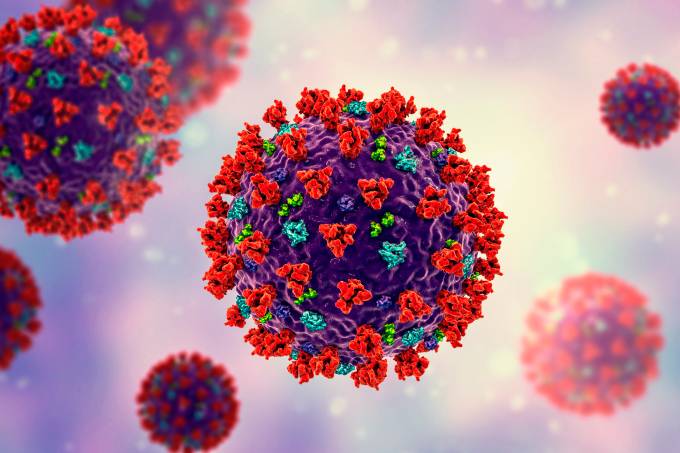Protocol Detail


HYPOGLYCAEMIA
Hypoglycemia occurs when blood glucose levels fall below 4 mmol/L (72mg/dL). ... Hypoglycemia occurs when the level of glucose present in the blood falls below a set point.
Diagnosis
Don’t have to be diabetic ( septic, alcohol, hepatic & renal failure & insulinomas) but common in
Type 1 IDDM.
Commonest cause of diabetic coma.
In diabetics caused by inadequate oral intake, excess insulin/oral hypoglycaemic, exercise or
alcohol.
Symptoms variable: Pale, altered mental function (confusion, aggression, seizures, coma, focal
deficits), sweaty, tachycardia, tremor.
Management
1. Bedside BSL <3 mmol/1
2. Oral glucose followed by long acting carbohydrates (sandwich or fruit) if conscious
3. Glucagon 1mg IM if poor venous access or any delay to treatment expected
4. IV 50% Dextrose 25mls bolus (2ml/kg 10% in children)
5. Response should be rapidly evident within 3-4 minutes otherwise repeat IV glucose or consider other causes,
6. Following prolonged hypoglycaemia recovery may be more protracted despite
restoration of Blood Sugar Levels
7. Hypoglycaemia secondary to oral hypoglycaemic agents may be recurrent & will require IV 5% Dextrose & admission,
Consider Octerotide 50 mcg SC 8 hourly for 3 doses (inhibitor of pancreatic insulin release)









